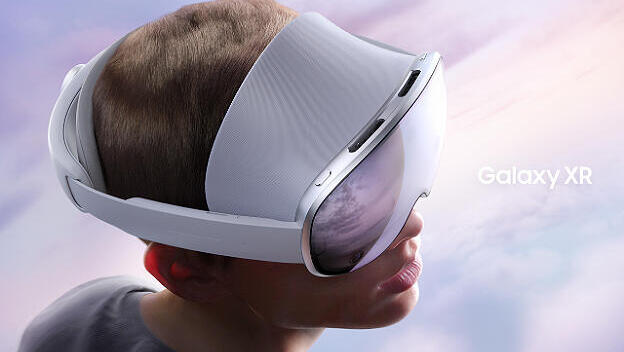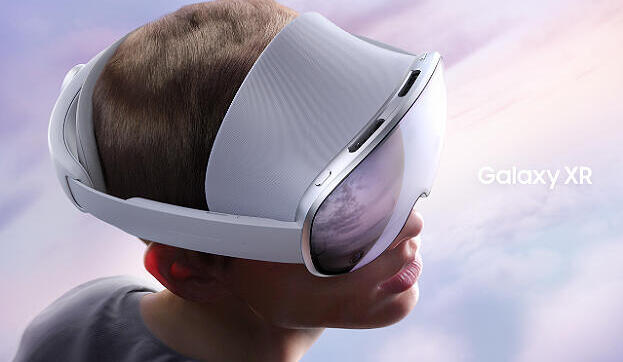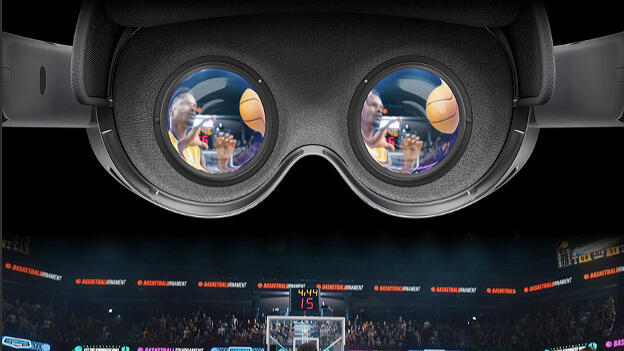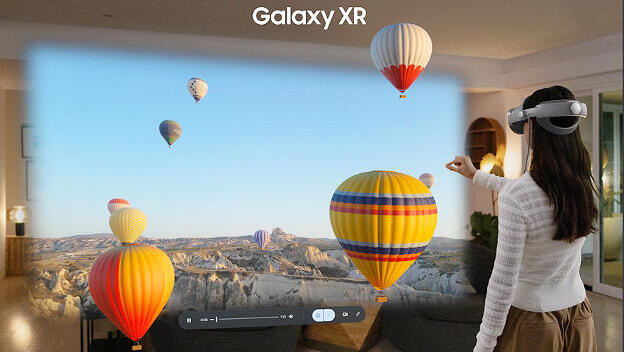
Samsung unveils Galaxy XR: Its answer to Apple’s Vision Pro
AI-powered device built with Google and Qualcomm marks Samsung’s entry into mixed reality.
Samsung has unveiled the Galaxy XR, an AI-based mixed reality headset that marks the company’s formal entry into the virtual and augmented reality market, a field that has struggled to find mainstream adoption.
“With Galaxy XR, Samsung is introducing a brand-new ecosystem of mobile devices,” said Won-Joon Choi, Chief Operating Officer of Mobile eXperience (MX) Business at Samsung Electronics. “Built on Android XR, Galaxy XR expands the vision for mobile AI into a new frontier of immersive and meaningful possibilities, allowing XR to move from concept to everyday reality, for both the industry and users.”
The Galaxy XR is the first device based on Google’s new Android XR platform, developed in collaboration with Qualcomm. It features Qualcomm’s second-generation Snapdragon XR2+ processor and the Hexagon AI engine, and offers 256 GB of storage and 16 GB of RAM. The battery supports 2.5 hours of video playback and about two hours of general use.
The display delivers 27 million pixels with a resolution of 3,552 × 3,840, offering a 109° horizontal and 100° vertical field of view. Gesture recognition is powered by an array of sensors, including two pass-through cameras, six cameras tracking the user’s surroundings, four eye-tracking cameras, five depth measurement units, a depth sensor, and a jitter sensor. The headset weighs 545 grams, plus an additional 302 grams for the detachable battery.
On the software side, the most prominent feature is the deep integration of Google’s Gemini AI assistant at the operating system level. This allows users to perform tasks and interact with the device through voice commands, eye movements, and hand gestures.
“Galaxy XR doesn’t feel like a tool following users’ commands but a new type of AI companion that helps them manage their tasks, delivering natural and intuitive interactions through voice, vision and gesture,” Samsung said. “In the form of a headset, it understands users’ surroundings by seeing what they see and hearing what they hear.”
Through its integration with Google services, the headset can offer personalized location recommendations via Google Maps, retrieve contextual information about YouTube videos, convert 2D content into 3D, and even identify real-world objects when users point or gesture at them.
“Thanks to its advanced sensors, cameras and powerful hardware, Galaxy XR can precisely track users’ head, hand and eye movement and make these experiences truly immersive,” Samsung added. “The device’s microphones are strategically placed and supported by software to filter out external noises and capture the wearer’s voice clearly. Through Galaxy XR, users can explore both virtual and real worlds in XR-specialized apps using natural physical interaction, with assistance from Gemini.”
Related articles:
The Galaxy XR will launch first in the United States and South Korea. Samsung emphasized that this is only the first product in a broader XR lineup. The company is also developing AI-powered smart glasses in partnership with Google and eyewear brand Warby Parker, as well as another line with Gentle Monster, which aims to merge advanced AI features with high-end fashion design.


